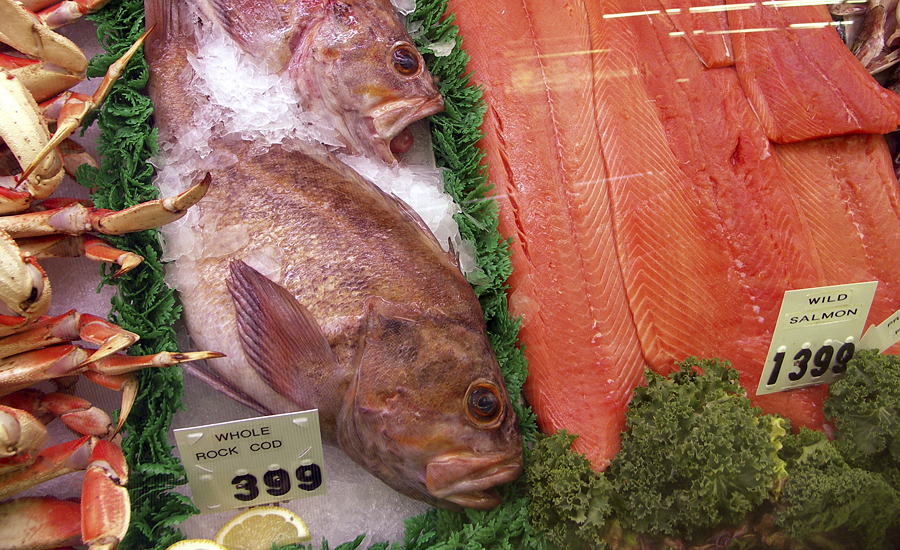Íslandsbanki, an Icelandic bank focused on the seafood industry, released its Canadian Seafood Market report, the latest in the company’s series of seafood market reports covering the seafood industry in the North Atlantic region.
Highlights of the report include:
- The 1992 moratorium on the northern cod fishery, combined with a more recent decline in pelagic landings, have reshaped Canada’s seafood industry and contributed to the growing importance of the country’s shellfish sector.
- Total production of seafood in Canada has been relatively stable at just over 1 million MT. Despite stable volumes, total value increased by 27% during the 5-year period from 2010-2014 to CAD 3.6 billion, owing to higher prices for shellfish.
- In addition to its marine fisheries, Canada has a large and growing aquaculture sector. In 2014, Canada was the fifth largest producer of farmed Atlantic salmon.
- Fish and seafood are among the largest export food sectors in Canada. The total value of seafood exports has been increasing, reaching CAD 6 billion in 2015.
- The United States is Canada’s largest trading partner. The largest export species are lobster, crab, salmon and shrimp.
This report expands on the findings of Íslandsbanki’s North America Seafood Market Report, which was released in May 2014 and its United States Seafood Market Report released in April 2015.



